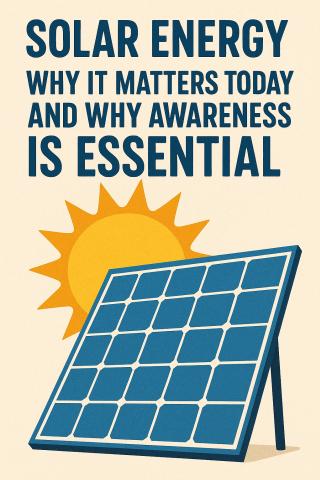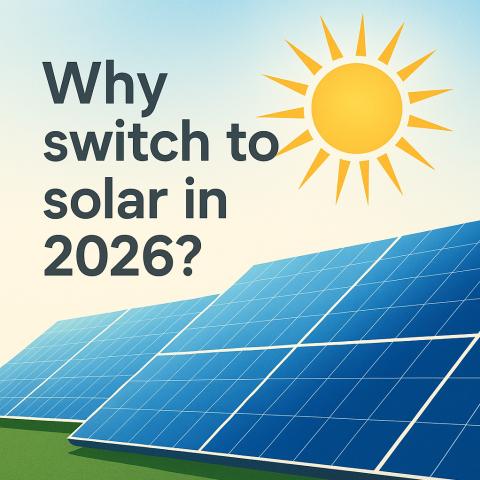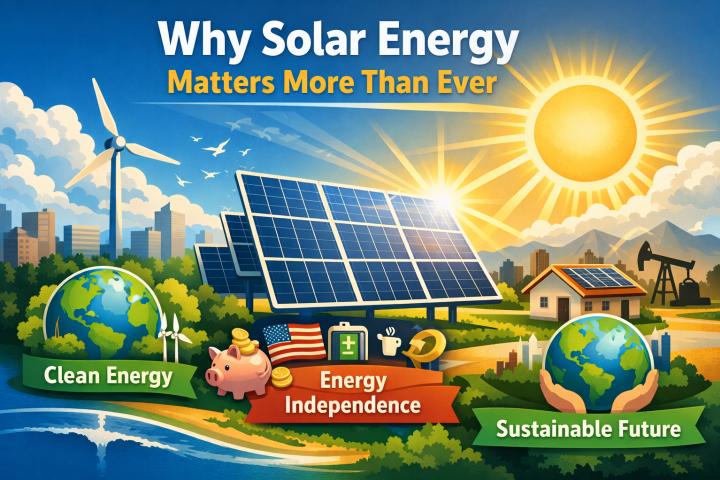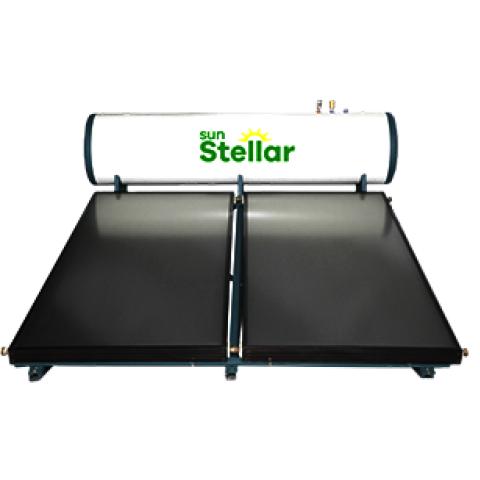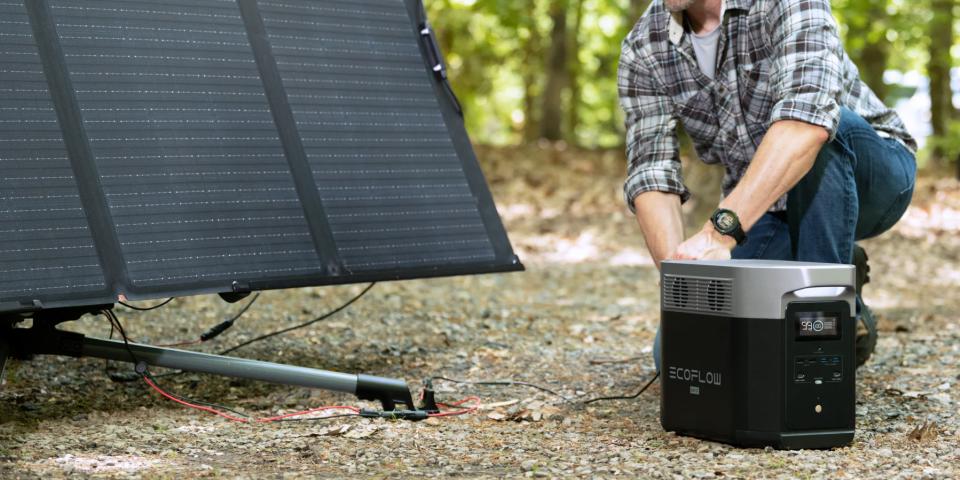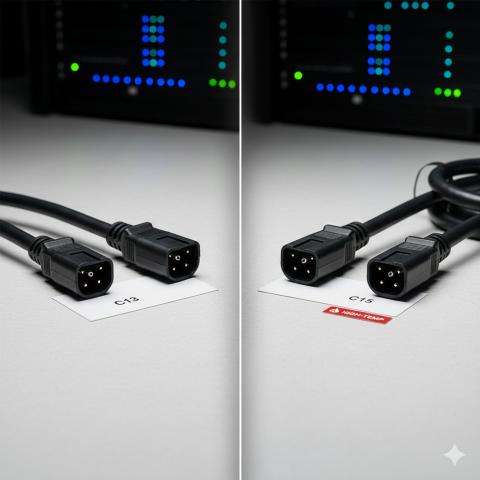Battery packs are becoming increasingly popular as a convenient and eco-friendly way to charge electronic devices on the go. By harnessing the sun's renewable energy, these portable batteries allow you to keep all your gadgets powered up without having to find an outlet.
History and Development
The earliest prototypes for battery packs emerged in the late 2000s, as solar panel technology advanced to become more lightweight and efficient. Early models had limited charging capacity and could only top up phones, but successive iterations expanded what could be powered. Today's top battery packs are capable of fully charging laptops and even supporting emergency use cases.
Major brands like Anker, RAVPower, and Ecoflow launched their first commercial battery packs around 2012-2015. Early uptake was slow due to high prices, but falling component costs and growing environmental awareness helped drive mass adoption in the late 2010s. Now battery packs are a mainstream portable charging solution sold at retailers worldwide.
How Solar Panels Work
All Solar Power Bank contain small, flexible solar panels - usually made of mono- or polycrystalline silicon cells. When exposed to sunlight, the panels absorb photons of light and use the photovoltaic effect to convert them into electrical current. Built-in batteries then store this energy for later use.
Most portable solar chargers have panels rated at 5-10W output, which is enough to slowly replenish their batteries over the course of a sunny day. The charging rate depends on factors like panel size, sun intensity, and whether the power bank is actively charging a device simultaneously. On average, full recharges take 6-8 hours of direct exposure.
Battery Technology
The onboard batteries in battery packs have also seen huge leaps. Early models usually packed low-capacity lithium-ion or lithium-polymer batteries, limiting them to 1-2 charges per device. Now premium options like the Anker Powerhouse and Jackery Explorer feature massive 21700 lithium-ion cells with capacities from 10000-24000mAh.
This allows for multiple charges of phones, tablets, laptops and more from a single solar recharge. Some flagship models even support high-wattage appliances and medical equipment in emergencies. The rapid improvement of energy density in lithium-ion batteries is a key reason solar chargers keep getting more powerful.
Extra Features and Functions
Beyond the basics of charging via sunlight, many modern Solar Power Bank add extra functionality. Built-in smartchips monitor power levels, charge rates and connected devices for safety and optimization. Multiple output ports allow simultaneous charging of multiple gadgets.
Various branded banks integrate power delivery or Quick Charge protocols to maximize charging speeds of compatible phones and tablets. LED battery level indicators, durable casing materials, included charging cables, and carrying accessories like straps further improve usability. Some high-end models even have built-in wireless charging pads.
Use Cases for Battery packs
Versatility is a core advantage of solar charging packs. Their growing capacities now support everything from daily smartphone top-ups to multi-day emergency use when the grid is down:
- Outdoor recreation: Hiking, camping, hunting, boating etc. Rely on free solar juice rather than heavy batteries.
- International travel: Use the sun instead of mismatched plugs or high roaming rates to stay powered abroad.
- Remote worksites: Construction, surveying, field research teams keep devices running without heavy generators.
- Disaster preparedness: Serve as a reliable backup for emergencies when power is out for utility repairs or natural disasters hits.
- Sustainability: Reduce carbon footprint by harnessing abundant solar energy rather than tossing AA batteries constantly.
- Budget-friendly: Save money long-term versus paying for AC wall chargers in multiple locations like homes, offices, vehicles etc.
Choosing the Right Solar Power Bank
With many options on the market, choosing the best solar charger depends on intended use cases and budget. Key factors to consider include:
- Battery capacity (mAh): Larger is better for multi-device charging. 20000+ mAh for laptops.
- Number and type of ports: USB-A, USB-C, Lightning support needs. Fast-charging support.
- Solar panel wattage: Higher watts like 20W charge faster in optimal sun.
- Casing durability: Dustproof and water-resistance for tougher environments.
- Weight and size: Lighter, smaller preferred for backpacking.
- Extra features: Wireless charging, power delivery support, mounting straps, batteries.
- Brand reliability: Established brands tend to last longer.
- Price: Expect to pay $50-200 depending on the above factors, with $100-150 typical for good mid-range options. High-end ruggedized options climb to $300+.
Environmental and Economic Impact
The rising adoption of portable renewable energy solutions like solar chargers is creating environmental and economic benefits on a global scale:
- Reduced carbon emissions as fossil fuel dependence lessens for portable power needs. Every kWh from the sun instead of coal is a net win.
- Lower electricity usage and costs with more "mobile" solar capacity that allows charging anywhere free beams shine through.
- Less electronic waste long-term as high-capacity, durable solar banks last many years versus dozens of single-use batteries.
- New green industries and jobs emerge along manufacturing, distribution, installation and servicing of solar products driving sustainable economic growth.
-Off-grid rural electrification improves worldwide since solar banks facilitate small business development and community services in remote places.
With steady technology gains, falling prices and growing environmental awareness, Solar Power Bank are poised help drive the global energy transition and bring renewable power to every pocket worldwide. Their untapped potential reveals why "the sun never runs out of batteries."
Get More Insights on- Solar Power Bank
For Deeper Insights, Find the Report in the Language that You want:
About Author:
Vaagisha brings over three years of expertise as a content editor in the market research domain. Originally a creative writer, she discovered her passion for editing, combining her flair for writing with a meticulous eye for detail. Her ability to craft and refine compelling content makes her an invaluable asset in delivering polished and engaging write-ups.
(LinkedIn: https://www.linkedin.com/in/vaagisha-singh-8080b91)
